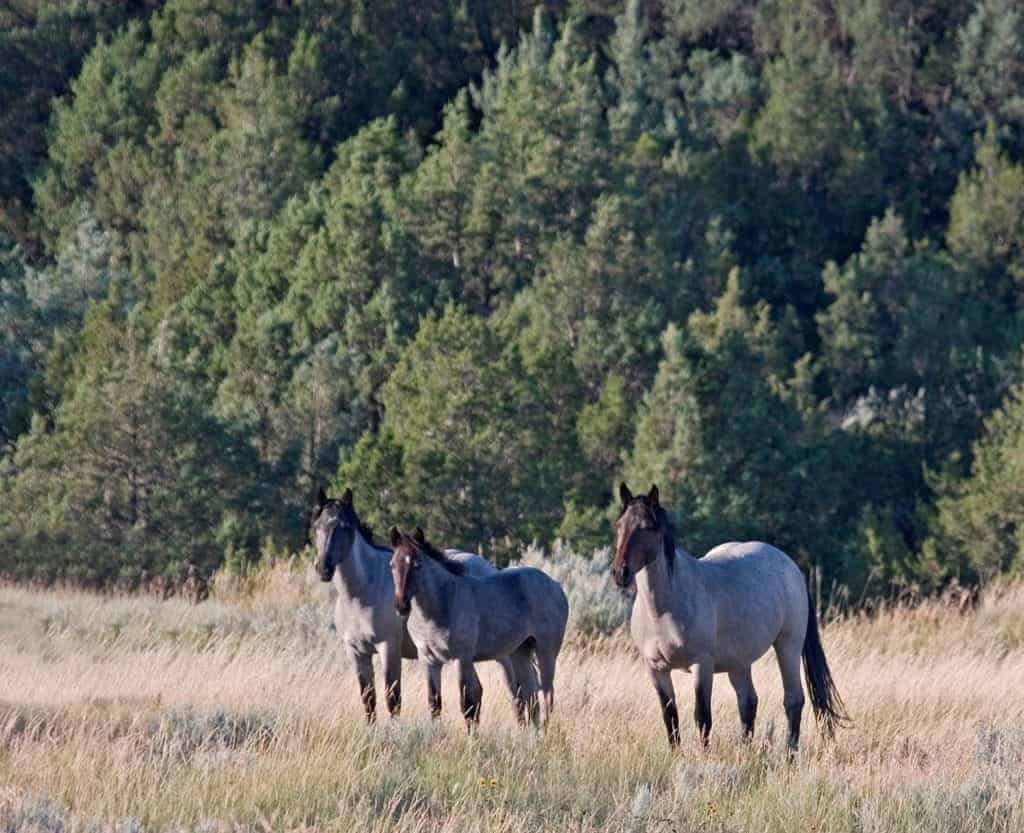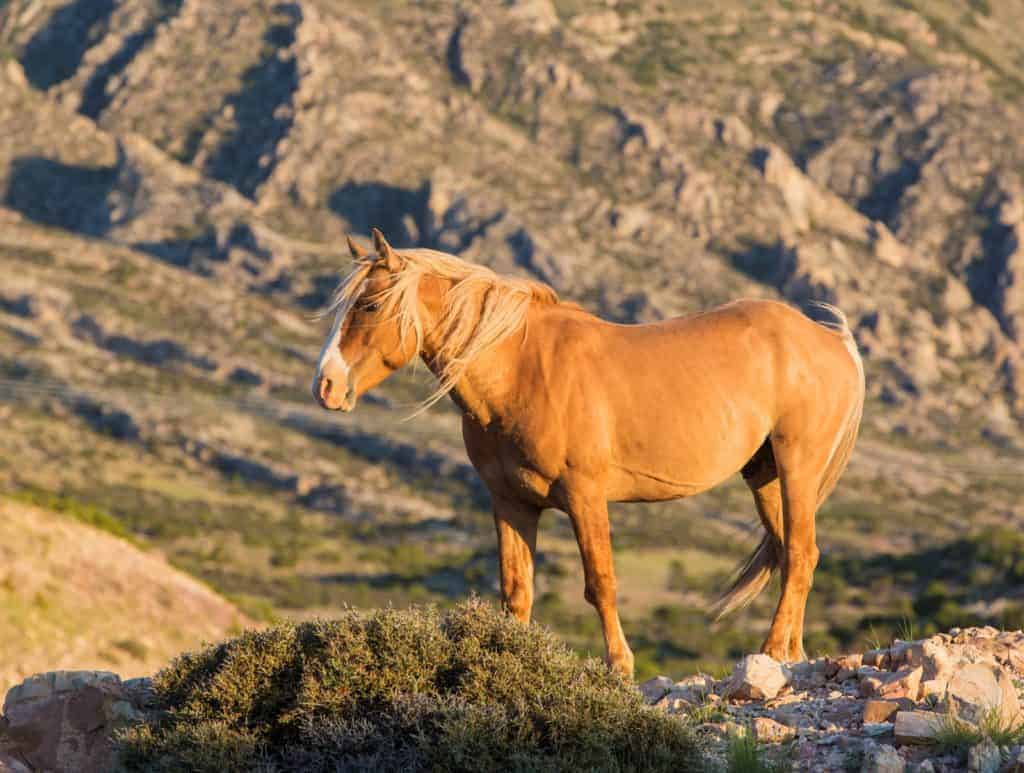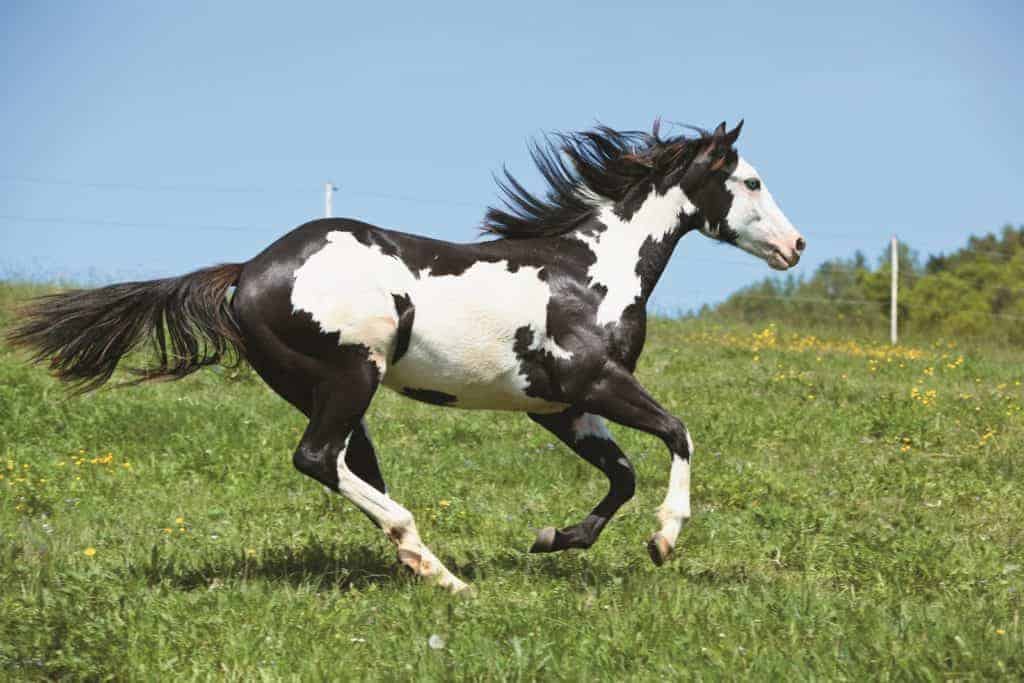
How Your Horse Got His Color (And Why You Should Care)
A horse’s coat color genetics are important not just for aesthetic reasons; they can also have health implications.

A horse’s coat color genetics are important not just for aesthetic reasons; they can also have health implications.

Regulators adopted a new policy making it illegal to administer cobalt to a racehorse.
The group approved a uniform testing threshold of 110 parts per billion in blood for the amino acid GABA.

While there are already regulations in place for whip use in harness races, the new rule is more restrictive.
The bill will reduce the number of days counties must keep estray animals, including horses, in their custody.

Theodore Roosevelt National Park and the Badlands Horse Registry will work to place wild horses in approved homes.

The court says the BLM violated the NEPA, but didn’t violate the Wild Free-Roaming Horse and Burro Act.

The plan involves treating mares in the Onaqui herd management area with a fertility control vaccine via remote darting.

The legislation would place wild horses under state and Native American tribe jurisdiction rather than under the BLM’s.
Researchers are working to identify the genetic cause of juvenile idiopathic epilepsy (JIE) in Arabian horses.

The judge halted the gather “until the court has an opportunity to fully consider the merits of plaintiffs’ claims.”

Learn about the history of feral horses and burros in the United States and the BLM’s management goals and strategies.

By knowing what conditions certain horses are predisposed to, owners and breeders can take preventive steps.

A state House of Representatives committee is calling on Congress to find new ways to control wild horse populations.
The registrations were revoked after it was determined the champion horses were not, in fact, half-Arabians.
Of the 879 samples tested through Nov. 15, nine (1%) came back over the 25 parts-per-billion threshold level.
Stay on top of the most recent Horse Health news with
"*" indicates required fields